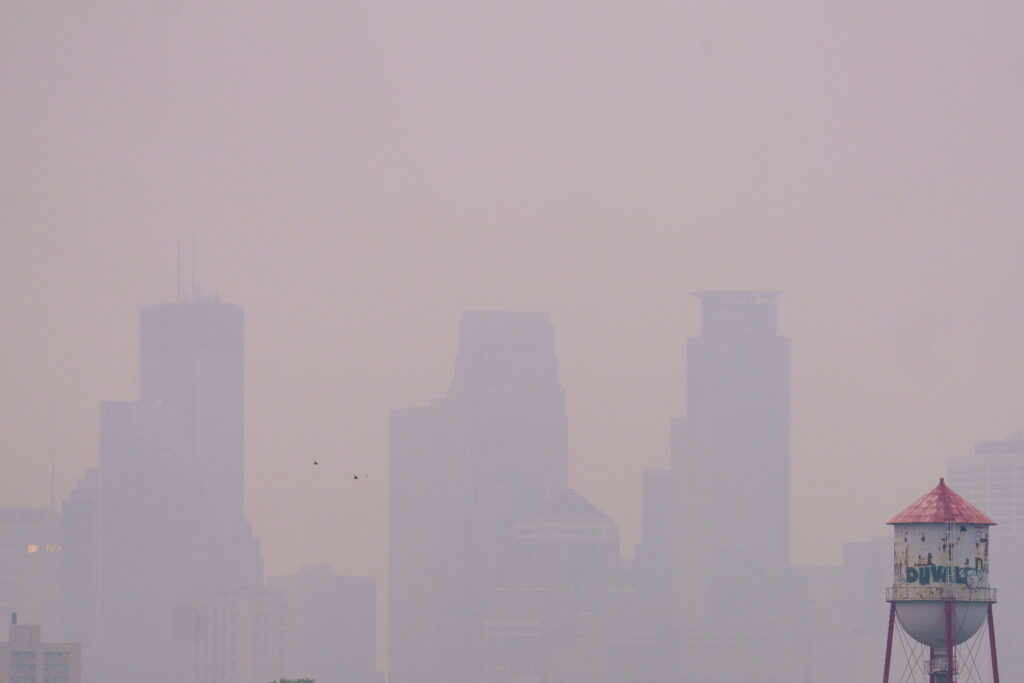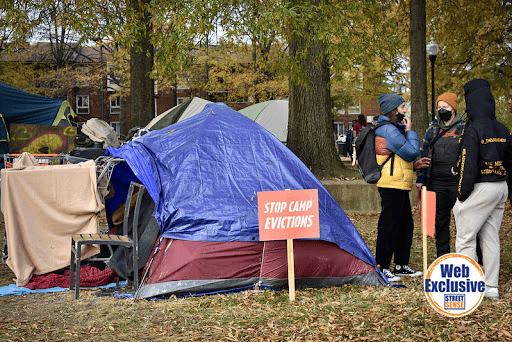During the last five decades, the science curriculum in public and private schools included the long-term impact/effects of aerosol sprays on the ozone layer causing it to be extremely thin.
In addition, educators wanted to increase awareness of aerosol sprays such as deodorants, air fresheners, etc., and businesses provided alternatives such as roll-on deodorant, lighting scented candles, etc.
According to Merriam-Webster (2013), “the ozone layer can be defined as an atmosphere layer at heights of about 25 miles (40 kilometers) with high ozone content which blocks most ultraviolet radiation.”
Thinning of the ozone layer over many years allowed the sun’s rays to shine directly on the skin, potentially causing skin cancer. Educators addressed students to wear floppy sun hats, caps, and suntan lotion to protect the skin from cancer, aging, and wrinkles.
A plethora of skincare professionals offer over-the-counter remedies: with a protection rating of SPF 15 at local pharmacies such as Walmart, CVS, Rite-Aid, and other such chains.
Finally, a significant amount of data has supported that the proper treatment of skin even during the winter months can have a formidable impact to reduce skin cancer, wrinkles, and other such destroyers to the skin.
Lastly, a number of communities have adopted rain forest(s) as a venue to sustain existing grass, plants, and trees.
Other topics of discussion regarding climate change could include the hole in the ozone layer, and specifically how often we should treat body parts that are exposed to the weather (i.e. once a day, twice a day, etc.).





